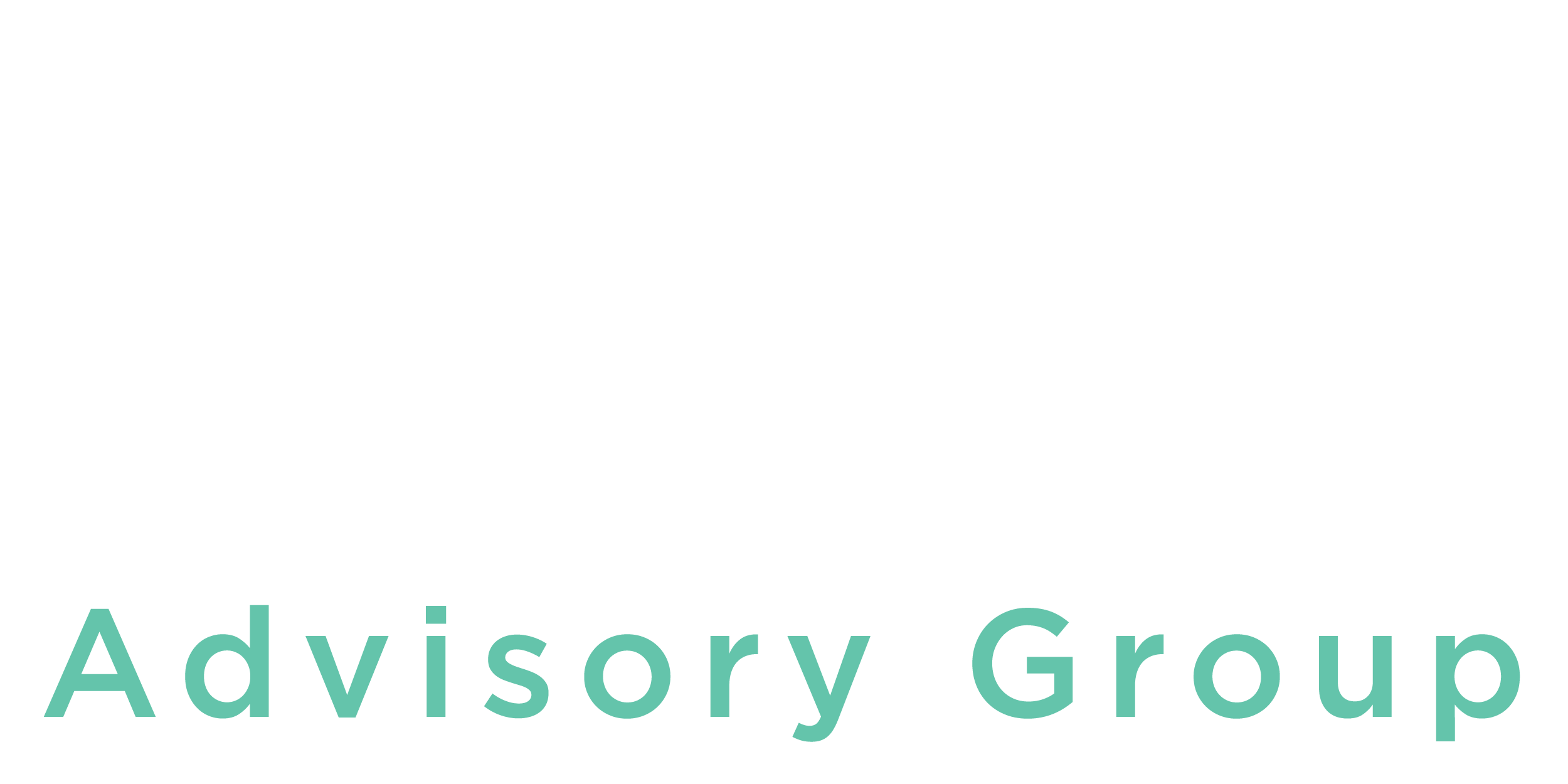Create a Game Plan
We all know that teachers are critical to school success and yet many school systems lack the appropriate systems and routines to proactively address their talent needs. National conversations about the teacher shortage can also miss important factors that have long been contributing to staffing and hiring challenges. Leaders have the crucial job of securing top talent and creating the conditions for teachers to do their best work which will allow them to achieve the best outcomes for students. To do that, leaders need to take a more holistic view of recruitment, hiring, and retention processes and consider a broader set of factors including student and school needs, the profile of existing talent, and consider how the organization will support the talent already on the team.
The following are best practice recommendations for leaders establishing their staffing plan for the coming year.
Understanding Your Team’s Talent & Clarify What You Are Looking For
Talent Management is a systematic process that assists leaders in identifying, developing and retaining top talent. The goal of managing talent is to align the district or school vision, the expectations for student achievement, and the knowledge, skills and actions needed for every educator to be effective in their role. This alignment provides clarity on the performance expectations (or competencies) that inform a multitude of activities from recruitment and selection, to support and development, and retention and promotion.
Knowing the skill sets you currently have among your staff and understanding the skills you need are critical to helping inform the staffing structure, design, and projections for the upcoming hiring season. Leaders should be intentional about reviewing the current talent they have and engaging with top performers to ensure their retention. Additionally, creating a strategy to fill any skill gaps identified among the team should be projected in the early part of the school year, with the goal of moving from just filling vacancies to a strategic staffing approach. Identifying and prioritizing which competencies to screen for, helps to narrow the focus when hiring, to mitigate bias and to help define future expectations.
Plan Ahead & Interview Early
To maximize your efforts and increase the diversity of your team, use the fall months to not only reflect on but also strengthen recruitment channels that have previously yielded great results. Consider how you can plan for adjustments and new strategies in this school year. Don’t forget to lean on staff and members of your community to spread the word and make connections within their own networks. Incorporating a host of recruitment outreach strategies will help spread the word about the great work happening in your school community and the opportunities to join your team.
For school environments, projecting and pre-planning to define the specific skill sets needed in the coming year to support student achievement is essential. When projecting and planning for the upcoming hiring season there are several key activities, which include:
- Assessing your environment to understand student needs
- Aligning talent needs with student needs
- Reaching out to share the opportunities within your school
- Conducting engagement conversations with current talent
- Planning and scheduling for early hiring
These activities are typically most successful when completed between November and January of each year as this timing could place you ahead of other schools or systems looking to hire. In most markets, this would place you in the early part of the hiring season, providing you with the greatest chances of securing top talent.
Leverage Emerging Talent
Sometimes the best person for the job is right in the building. Be sure to consider the built in pipelines you may already have such as student teachers or substitutes in your school who are already supporting your classrooms. Ideally, these candidates understand what is important for your organization, can align to expectations very quickly, and would require shorter transition timelines as they are familiar with the expectations.
Focus On Improvement
The steps or phases of the talent management cycle include several key actions including a focus on continuous improvement which is equally important to ensure your process is nimble and continuously responding to your ever changing landscape and needs. This process is most successful when it is intentionally embedded into the talent cycle of your school and community. Continually assessing and refining the full process improves how you recognize high quality teaching and learning, and the ways in which you engage, develop, promote and retain talent. By focusing on continuous improvement, you become increasingly skilled at understanding your talent needs and how to refine your efforts to better respond when changes or challenges arise.
Top notch teachers play a critical role in school success. Leaders can improve their chances of securing them by being sure to assess and understand the needs of their students and school environments. Critical steps like reviewing current talent and knowing what you are looking for in future talent, planning and hiring early, and being sure to engage and support the existing talent will maximize your likelihood of leveraging the talent available to you. Lastly, ensure that your approach is supported by an ongoing focus on improvement. Together, these actions can improve or strengthen your talent management efforts especially during challenging times.

